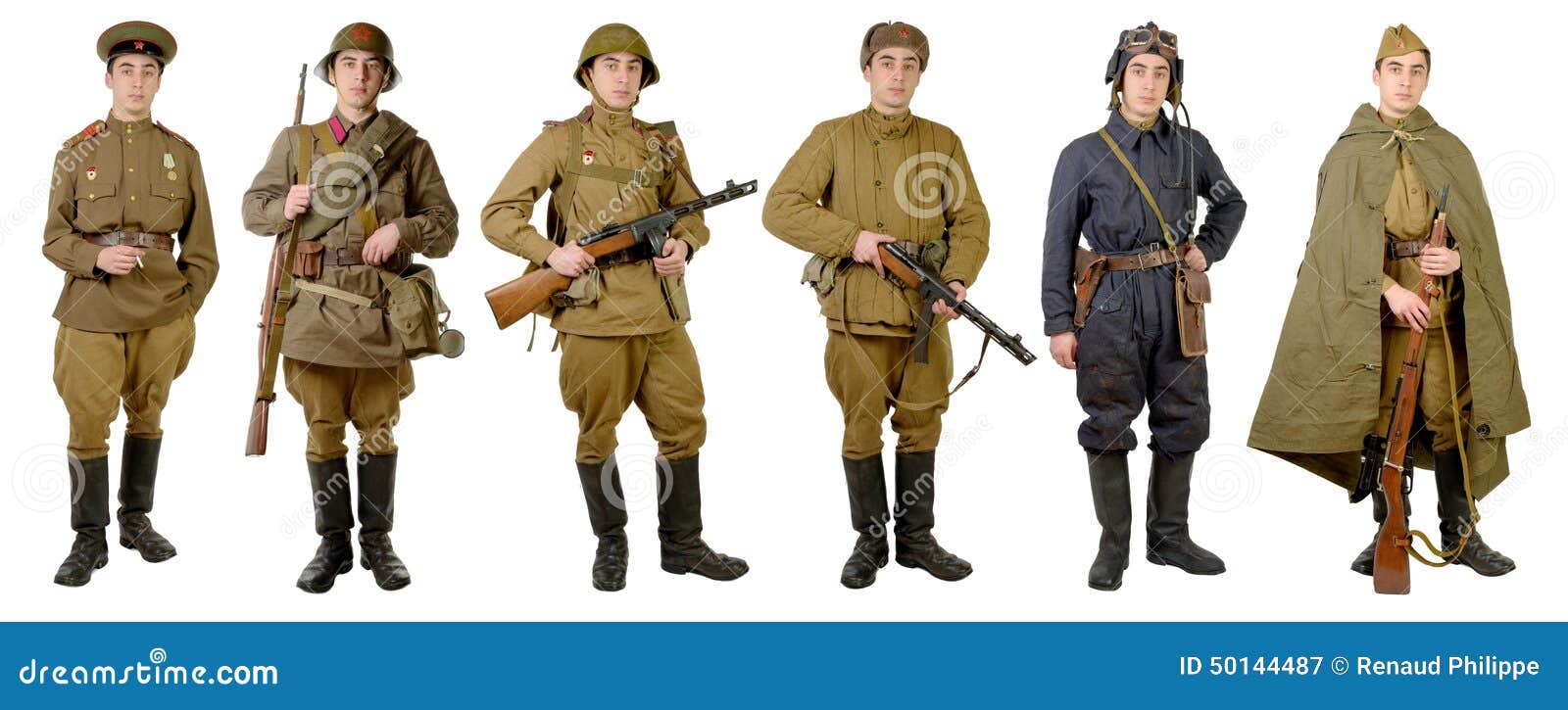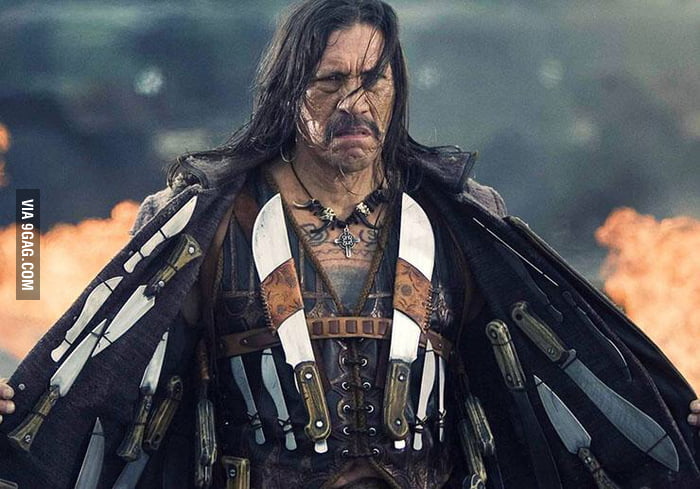The Normans
The racial character of the immigration which is commonly and for shortness called Norman requires some consideration. The army of the Conqueror was drawn not only from Normandy, but from several other provinces of France. Flanders and Bretagne seem to have been very largely represented therein ; and Maine, the Isle of France, Champagne, Anjou, Burgundy, and more remote regions contributed in smaller degree. The Normans, however, William's own subjects, were by far the largest element. This is shown, among other indications, by the small number of tenants in capite whom he established in England, who cannot be traced certainly or probably to noble Norman houses. Many of William's foreign mercenaries forsook him during his Northern campaigns ; and Breton ballads tell us of the return of the Breton soldiery to their homes. It is noteworthy that the surname of Norman is not common in England nowadays, nor was it common, in the south Midlands at least, when the Hundred Rolls were compiled, though Breton and Le Breton were very frequent, and Franceys and Fleming moderately so, and there was a sprinkling of Picards and Maynards and Champneyses. Moreover, Norman was in use, especially among the English, as a Christian name. There are many Normans mentioned in Domesday. Where the word came to be used as a surname, it was usually, I think, a patronymic. The inference seems to be that Norman birth and origin were too common in England after the Conquest to furnish a means of distinguishing individuals, but that this did not apply to the other provinces, of Northern France.
The Normans of the Duchy were themselves a mixed breed ; and the component elements were the same, or very similar, to those which entered into the English race ; but their character, mainly perhaps from their peculiar history, but partly from a mixture of the elements in different proportions, did not much resemble that of 'the people they subjugated. To form the Norman race, the Scandinavians, the " Saxones Bajocassines," and the native Kymro-Kelts had all contributed ; but the part of the Scandinavians in the mixture had been more important than in Southern England, and that of the Saxons less so. The proportions were, I think, nearer to those found in another very forcible combination — I mean the Lowland Scotch.
The following are details of the elements :
I. The Gauls whom the Romans found here belonged partly, at least, to the Belgic confederation, which included the right bank of the Seine, if not more. The Belgae were, we believe, a tall and rather longheaded race; whether they owed their dolichocephaly entirely to continual immigrations of the blond northern type, or whether the southern or Iberian longheads had left many representatives there, I will not say.* The short round-headed dark race of France, the true Celts of Broca, were doubtless also represented, but chiefly on the left bank of the Seine.
II. The influence of the Roman rulers of the country would be but slight.
III. Large numbers of Saxons were planted in Normandy in the latter days of the empire, or settled there subsequently of their own accord. Bayeux was the capital of the settlement, which probably extended to the Cotentin. About Bayeux they bore so large a proportion to the prior occupants that they were able, as in England, to propagate their language, which endured till the tenth or eleventh century. They were doubtless of the familiar physical types, the tall Grave-row and the more compact Batavian one; their heads generally long, their complexions and hair light.
IV. The Scandinavian Conquerors were partly Norwegian and partly Danish, the former especially numerous about the Seine, where Rollo's companions chiefly settled, the latter in the Cotentin, where Harold Bluetooth's army found lands to their liking. Physically, they must have been among the purest specimens of that restless, roving, adventurous type of man, blond or rufous, with straight profile and elliptical head, which evermore crops up among the people of the West of Europe whenever deeds of adventurous daring have to be done.
Scandinavia seems to have exhausted itself and its race by the swarming efforts of the ninth, tenth, and eleventh centuries. Great part of the old kingly race, the sons of Woden, and of Scyrf and Skiold, and so many other mythical heroes, either emigrated or perished; and kindred, but not identical, breeds of men occupied their ancient seats. The spirit of adventure died out in Norway for generations after Harold Hardrada and Magnus Barefoot, and after Hakon the Good.
Doubtless the Norman leaders were in the main of true Scandinavian blood; but the rank and file must have resembled the Normans of the present day, a crafty, capable, energetic, brave and industrious people, presenting, among numerous variations, two leading physical types. Of these, one prevails to the east of the Seine, and is that described by W. Edwards as Kymric, with little modification : the men are tall, long-faced, aquiline-nosed, with square forehead and usually darkish hair.
The other is more abundant about Caen, Bayeux, and Coutances, where the men are very generally fair, and resemble the people of the North of England. At Cherbourg, fine specimens of the Anglo-Danish type are particularly abundant. I have prepared a, table of the colours of hair and eyes in several provinces of France, in which Normandy is largely represented. It will be seen that precisely where the history and politics of Normandy show that the Scandinavian and Saxon elements were strong, i.e., along the coast to the west of the Seine, there light colours of hair abound, and that they gradually darken as one travels eastwards or inland; also that on the whole the hair is rather darker than in most parts of England, but lighter than in Wales and the West. Head-measurements are much needed ; but Broca * found the index of breadth of 53 skulls from St. Arnould, Calvados, to be 78.77, a proportion larger than is prevalent in any part Britain, but well within the limits of mesocephaly. That of the Norman aristocracy may probably have been smaller; but the ecclesiastics of Norman or French nationality, who abounded in England for centuries after the conquest, and who, in many cases, rose from the subjugated Celtic layer of population, have left us a good many broad and rounded skulls. Thus the crania of three bishops of Durham (Ralph Flambard, Geoffrey Rufus, and Richard de Kellawe) yield an index of 85.6! while those of eight Anglian canons, dating from before the Conquest, yield one of 74.9.** So far, however, as the actual conquest and armed occupation of England was concerned, the aristocracy and military caste, who were largely of Scandinavian type, came over in much larger proportion than the more Belgic or Keltic lower ranks, insomuch that it has been said that more of the Norman noblesse came over to England than were left behind.
Bretons came over in large numbers, as was just now said, and some remained. One would expect to meet with them especially in Richmondshire,*** or in the great barony of Judicael of Totnes, a Breton lord who had large grants in South Devon, but whose principal tenants bore Norman rather than Breton names. The speech in that district was then, and long after continued to be, Cornish; and an immigration of Bretons would hardly leave lasting traces among a people so nearly identical with themselves in language and not very dissimilar in physical type. The Bretons have been carefully studied by Broca and by Guibert of St. Brieuc, and I have myself made about 800 observations on their colours. The prevailing type in Bretagne is short, sturdy, and swarthy, with dark brown or even black hair, but pretty often with blue or gray eyes. The heads are short and broad (though less so than in central France), and the face often corresponds, the features being coarse and broad, and sometimes Mongoloid. Everywhere, however, there is a minority with well-marked Kymric features and longer heads ; and this minority, who nearly resemble our Cornish folk, are especially numerous in the district of the Leonais, on the northern coast, where the colonists of the fifth century are supposed to have landed from the British Isles. Broca obtained average breadth-indices of 82 and 81.2 from two large series of skulls from the eastern and the north-western part of Bretagne respectively.
Frenchmen—that is, people from the dominion of the King of France, then comparatively small—and Picards, Mainards, Angevins, &c., came over in smaller numbers. The seigneurs of France still at that time retained a good deal of the old Frankish blood; but their followers, the men to whom national surnames would generally be applied, had very little of it. They must have added a little to the Keltic and Kymric elements in the English people.
Flemings, of Franco-Frisian or Belgo-Frisian breed, and therefore on the whole Teutonic in blood as well as in speech, came in in large numbers under William Rufus and Henry I., and settled en masse in the southern half of Pembrokeshire, in Gower, and in the low country of Glamorgan, where they consolidated the power of the Norman lords, and easily adopted the English language, so near akin to their own. They are thought to have spread up the Teivy into Emlyn, where the mixed breed is said to be tall and comparatively fair; here the Welsh language has completely prevailed. In those districts where English became and continued the common speech, local names, as Flemingston, Reynoldston, &c., still testify to the settlement of the colony; and some surnames of Flemish type, as Jenkins and Watkins, have gradually spread among the Welsh themselves by intermixture or adoption. The descendants of the colony, somewhat mixed with English and other elements, are said to resemble the English rather than the Welsh in their steadiness, candour, common-sense, and rather common-place turn of mind. In person, also, some differences are yet observable. There is more of light and less of dark hair in South Pembrokeshire and in the coastlands of Glamorgan than elsewhere in South Wales ; and the general aspect and features do not differ, in the majority, from ordinary English types. Professor Vanderkindere, after visiting South Pembrokeshire, told me the people looked to him rather English than Flemish.


















